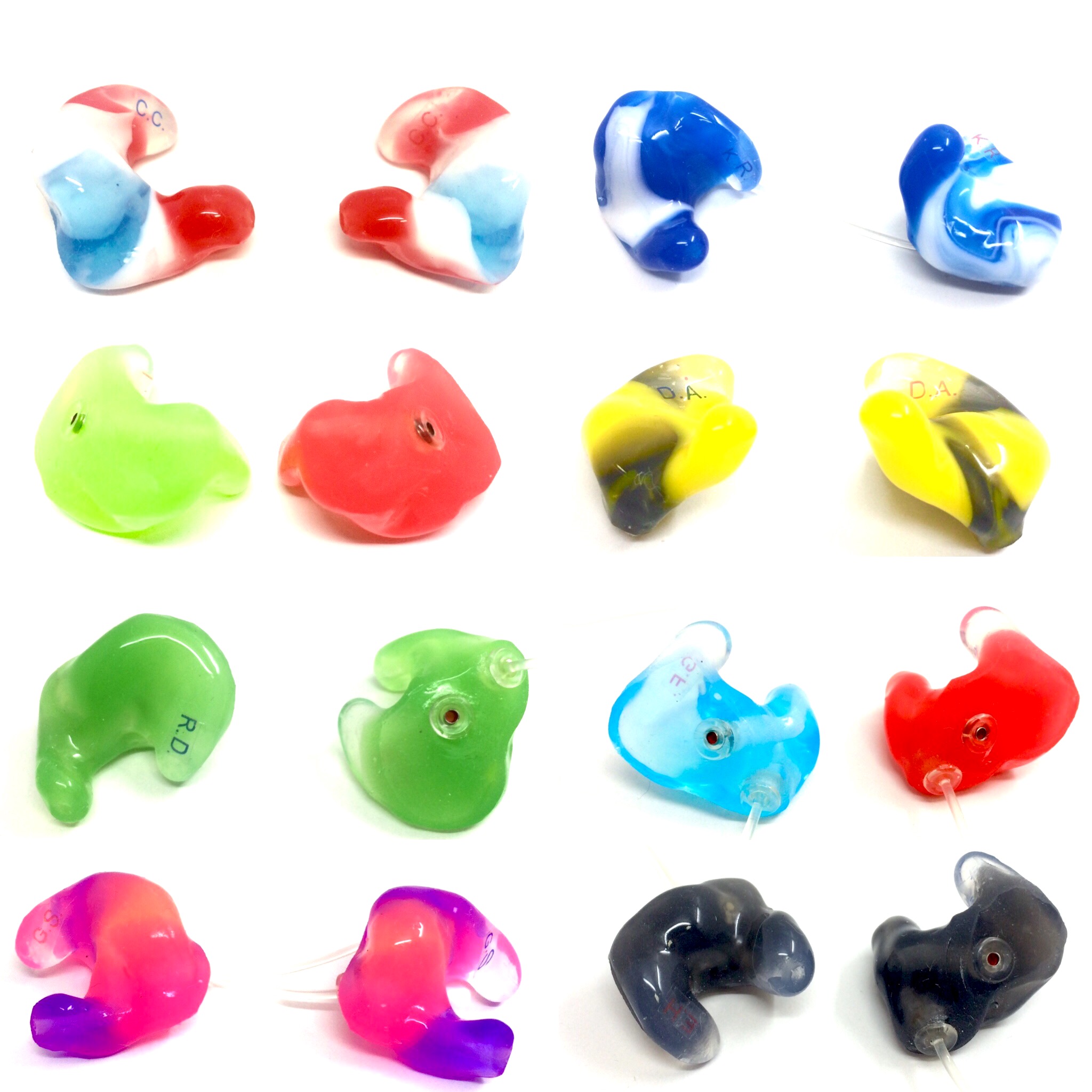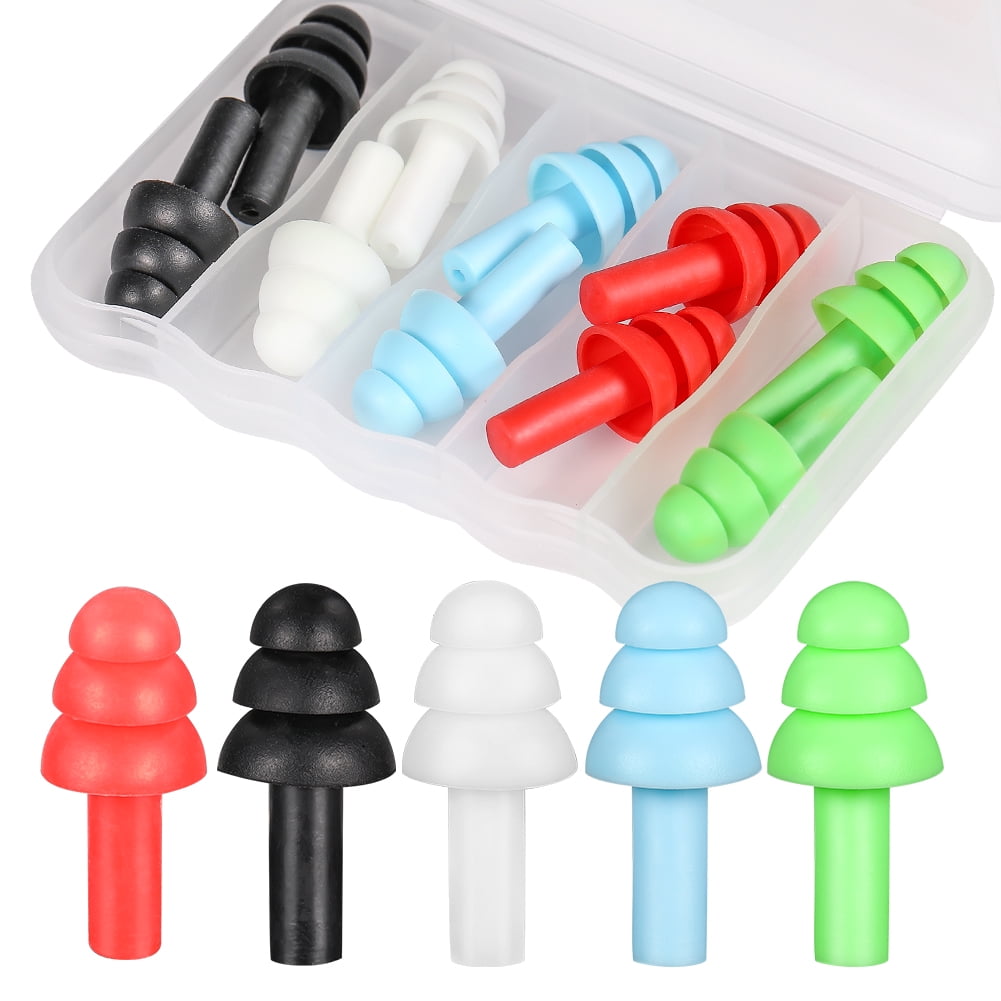

Both ear plugs and ear muffs come with a dB rating that tells the user how much noise reduction there will be when the product is worn. No matter which is chosen, it’s wise to pay attention to the decibel (dB) rating. They aren’t the easiest to fit, and they are so small that they can easily be lost. On the other hand, ear plugs fit directly into the ear canal and offer maximum protection from excessive noise. Ear muffs will get the job done in most situations, but may cause discomfort in areas with higher temperatures. Additionally, their small size makes them easy to lose and hard to see when inside the wearer’s ear.Įar Plugs Vs. If done incorrectly, the ear plug will constantly slip out of the ear canal and not protect the wearer as well as it should. Some instructions require the wearer to pull their ear at a certain angle, ball up the ear plug, and then stick it in their ear canal. On the negative side, ear plugs are sometimes hard to fit in the ear.

And, for workers wearing glasses or a safety helmet, there is no discomfort or interference. They are easy for a worker to carry with them in a sealable plastic baggie or a hard-shell case. Those employed in factories, foundries, or on the tarmacs at airports are suitable candidates for this type of ear protection. Additionally, since they don’t directly block the ear canal, ear muffs may not provide as good of a seal against extreme noise in comparison to ear plugs.Īdvantages and Disadvantages of Ear Plugsīecause they fit directly into the ear canal, ear plugs offer a higher level of protection from noise than ear muffs.

Also, people with glasses may have difficulties because the ear hooks may prevent the muffs from securely fitting. Because they fit snugly over the ears, they do a great job of trapping in heat, which isn’t ideal when temperatures reach 80 degrees or higher. For one, they can be extremely uncomfortable in hot and humid conditions. While they can do a lot of good, ear muffs do come with their fair share of disadvantages. In addition to protecting employees from loud noises, they also keep their ears warm, making them ideal for those whom have to brave cold temperatures on the job, such as construction workers and landscapers. Because of their size, they’re easy to see and hard to lose. Most models are designed as a one-size-fits-all solution, and some can be easily adjusted to fit snugly on the wearer’s head. One of the biggest advantages of ear muffs is that they don’t need to be custom fit. That is, unless they are wearing adequate hearing protection.Īdvantages and Disadvantages of Ear Muffs To elaborate further, a worker can safely be exposed to 90 dBA for 8 hours, but if the noise level increases to 95 dBA, they can only be exposed for 4 hours before suffering hearing damage. However, the organization also states that for every 5 dBA increased, the amount of time the worker can be exposed reduces by 50 percent. OSHA's permissible exposure limit is 90 A-weighted decibels (dBA) over 8 hours. The Occupational Safety and Health Administration (OSHA) has official limits on the decibel level American workers can be exposed to during an 8-hour shift.
#DECIBEL EAR PLUGS HOW TO#
Ear Plugs vs Ear Muffs - How to Choose Your Ear Protection


 0 kommentar(er)
0 kommentar(er)
